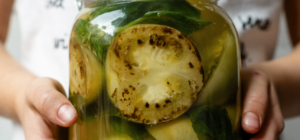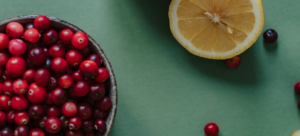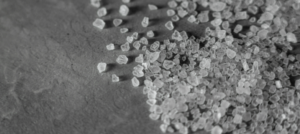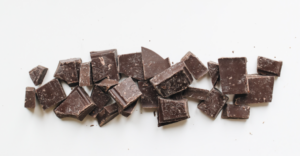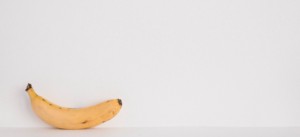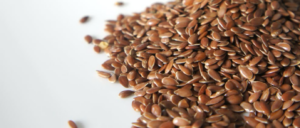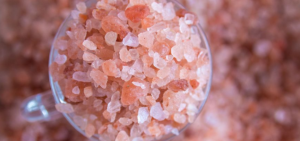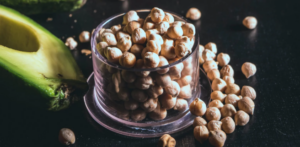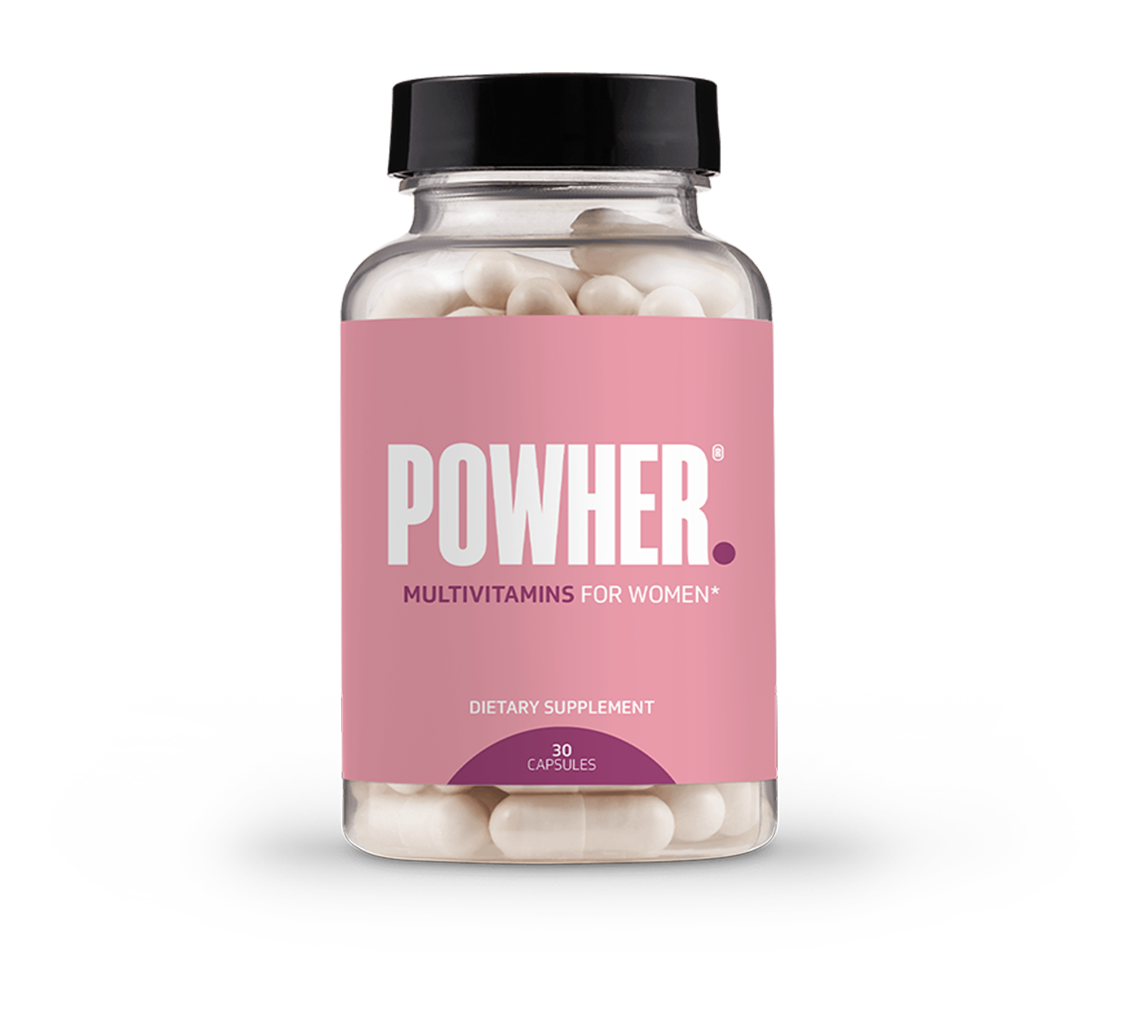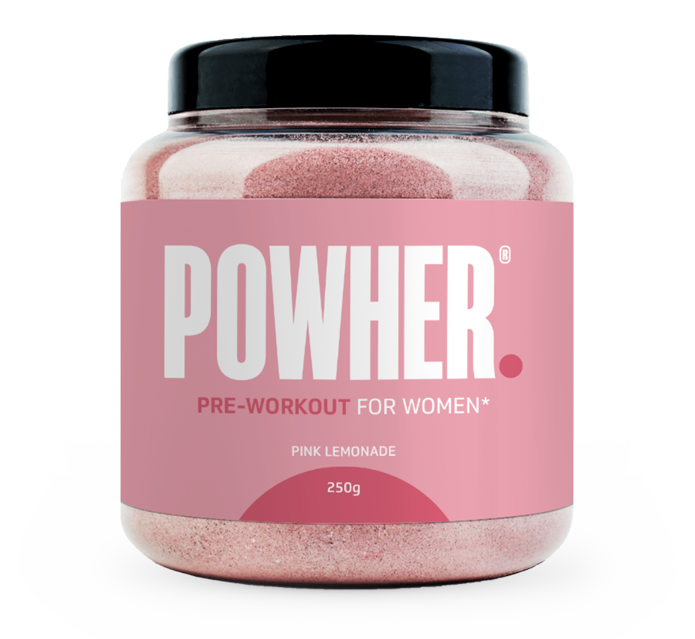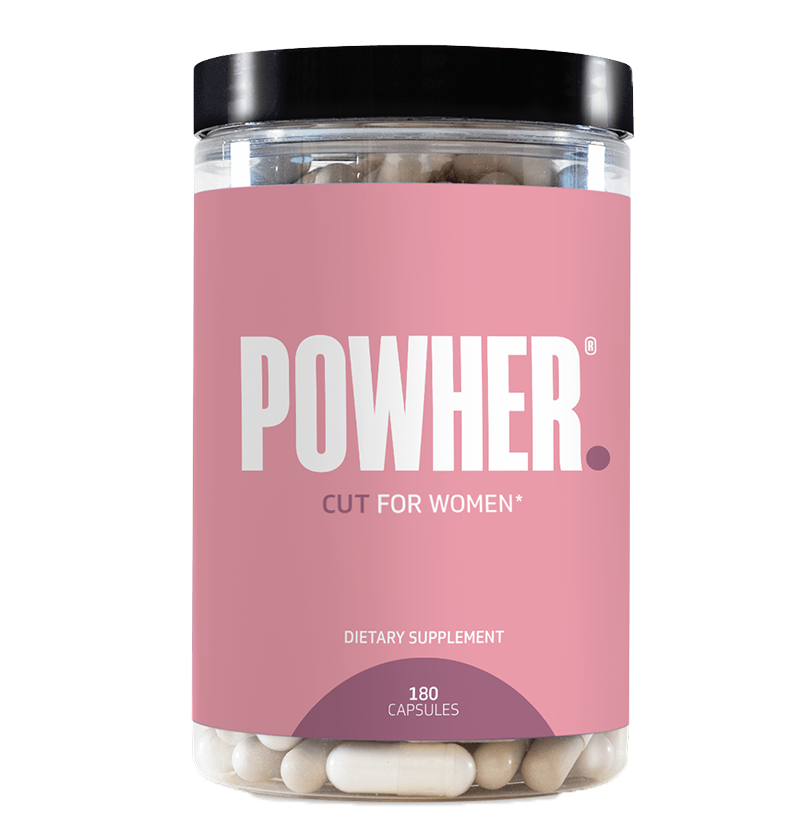Cramp is *the* worst. Here’s how to avoid it.
Ever had calf cramp when swimming? Or a muscle cramp right after a workout?
If so you’ll know just how much it hurts, and how badly it can hinder your performance.
This blog post is all about tackling cramp with your diet, and is based on peer-reviewed scientific research.
Foods that can help with muscle cramps
There’s a lot of info out there about which foods to eat to reduce cramp, but not all of it is accurate. So we’ll start by taking a look at some of the science behind the ones that get most attention.
Pickle juice for cramps 🥒
You read that right. Some people like to swig the juice in a pickle jar when cramp sets in.
This may not be as crazy as it sounds, however. One study found that:
- Pickle juice relieves muscle cramps within 35s of ingestion
- Pickle juice reduces overall cramp duration by around 50s compared to water
Quite impressive!
Because it’s high in salt some people have concerns that pickle juice might cause dehydration, but another study found no significant evidence of this.
In short then, yes. Pickle juice may help to reduce cramp ✅
Does cranberry juice help with cramps? 🧃
Folk remedies for cramp often include bitter foods, and you’ll struggle to find anything more bitter than cranberry.
And as with a lot of folk remedies, there’s some truth in cranberries being helpful for cramp.
This is because cranberries have high magnesium content and cramp is one symptom of magnesium deficiency.
So while we couldn’t find any research into the direct relationship between cranberries and cramp, there’s plenty of evidence about magnesium for cramp.
Does salt help with cramps? 🧂
There’s still not a consensus on the exact causes of cramp, but salt features frequently in the conversation.
It’s thought that cramp is caused by the combination of salt loss, fluid loss, and fatigue.
And because different athletes’ sweat contains different levels of salt, if you’re a particularly salty sweater you may be more prone to cramp.
Saline solution – a mix of salt and water – has a long history of alleviating cramp, both for physically active workers and in sport settings.
So, yes: salt can help with cramps ✅
Does chocolate help cramps? 🍫
Pickle juice, cranberry, and salt. Not the most appetising selection, is it? Wouldn’t it be great if something delicious could tackle cramp when it sets in..?
Thankfully, you’re in luck. Chocolate can help to reduce cramps for the same reason as cranberry juice: it’s a good source of magnesium.
Before you reach for a nice milky chocolate bar though, bear this in mind:
- 50g of milk chocolate contains about 32 mg of magnesium, or 9% of your recommended daily intake
- 50g of dark chocolate contains about 114 mg of magnesium, or 32% of your recommended daily intake
So if you want maximum magnesium intake, grab a dark bar instead (look for 70-85% cocoa solids for the levels above).
Are bananas good for cramps? 🍌
It’s not uncommon to see an athlete munching on a banana after an event. They’re a tasty, healthy snack high in potassium after all.
Research into the efficacy of bananas for exercise-induced cramp isn’t encouraging, however.
A study into the relationship between the two concluded that “eating bananas is unlikely to be an effective treatment for exercise-associated muscle cramping.”
This is because the potassium and magnesium they contain don’t enter your bloodstream fast enough to be effective.
The glucose boost they provide may contribute to reducing cramp caused by fatigue, though.
Top 10 foods high in electrolytes
If you’re into exercise you’ve probably come across sports drinks that claim to be isotonic.
When you exercise you lose water, salt and other electrolytes. This loss can lay the groundwork for cramp.
Isotonic drinks contain electrolytes, and they’re designed to restore the balance between water and electrolytes in your body.
Studies show that plain water can actually increase the likelihood of cramp, because it shifts your body further out of balance.
It’s really easy to make your own isotonic drink.
But you can also replenish electrolytes through your diet. Eating foods from the list below before and after exercise should keep your levels where they need to be:
- Peanuts: just grab a handful!
- Almonds: a nice alternative if you’re not a fan of peanuts
- Strawberries: bonus points if they’re in season!
- Olives: for the gourmands amongst you
- Spinach: great in a salad, a sandwich or even a smoothie
- Broccoli: roast with a drizzle of olive oil for delicious results
- Tofu: versatile and vegan!
- Chicken: whichever way you prefer
- Raisins: cheap and cheerful
- Avocados: favourite amongst the hipsters
Vitamins for muscle cramps and spasms
Early we mentioned magnesium deficiency as a contributing factor to muscle cramps.
There are other vitamins and minerals associated with the reduction of cramp. Amongst these are sodium, calcium, and vitamin B6.
Let’s take a look at each.
Magnesium for cramp
You’ll find magnesium in tons of healthy foods like seeds, nuts, spinach, soy, a variety of beans, and more.
We already linked to the National Institute of Health factsheet for magnesium, which lists cramp as a symptom of magnesium deficiency.
It’s important to know that the links between magnesium and non-exercise induced cramp is less definitive.
Sodium for cramp
Salt contains a lot of sodium, and we’ve already seen the role of salt in alleviating cramp.
If you use saline solution or even pickle juice to reduce cramp symptoms, this is sodium in action.
Vitamin B6 for cramp
Vitamin B6 is found in a wide range of foods including chickpeas, organ meats, fish like tuna and salmon, bananas and many others.
A study found that vitamin B6 was the most effective remedy for self-reported symptoms of PMS, which included cramp.
Can dehydration cause cramps?
There’s a lot of information in this blog post, and you may still have questions about the causes of and, more importantly, solutions to cramp.
So here’s our advice:
- Stretch regularly before and after exercise. This keeps your muscles nice and limber.
- Stay hydrated, and opt for isotonic drinks after exercise to keep your electrolytes in balance.
- Eat a varied diet with foods that contain the vitamins and minerals associated with reductions in cramp.
Supplements for leg cramps
We also recommend taking a multivitamin to keep your body topped up with the various vitamins and minerals it needs.
The Powher Multivitamin contains vitamin B6, calcium and magnesium – all of which are linked to cramp reduction – as part of its carefully crafted formula.
Disclaimer: The information on the Powher blog does not constitute medical advice and should not be used as such. If you would like to learn more about your dietary requirements and related aspects of your health, speak with a registered medical professional.
